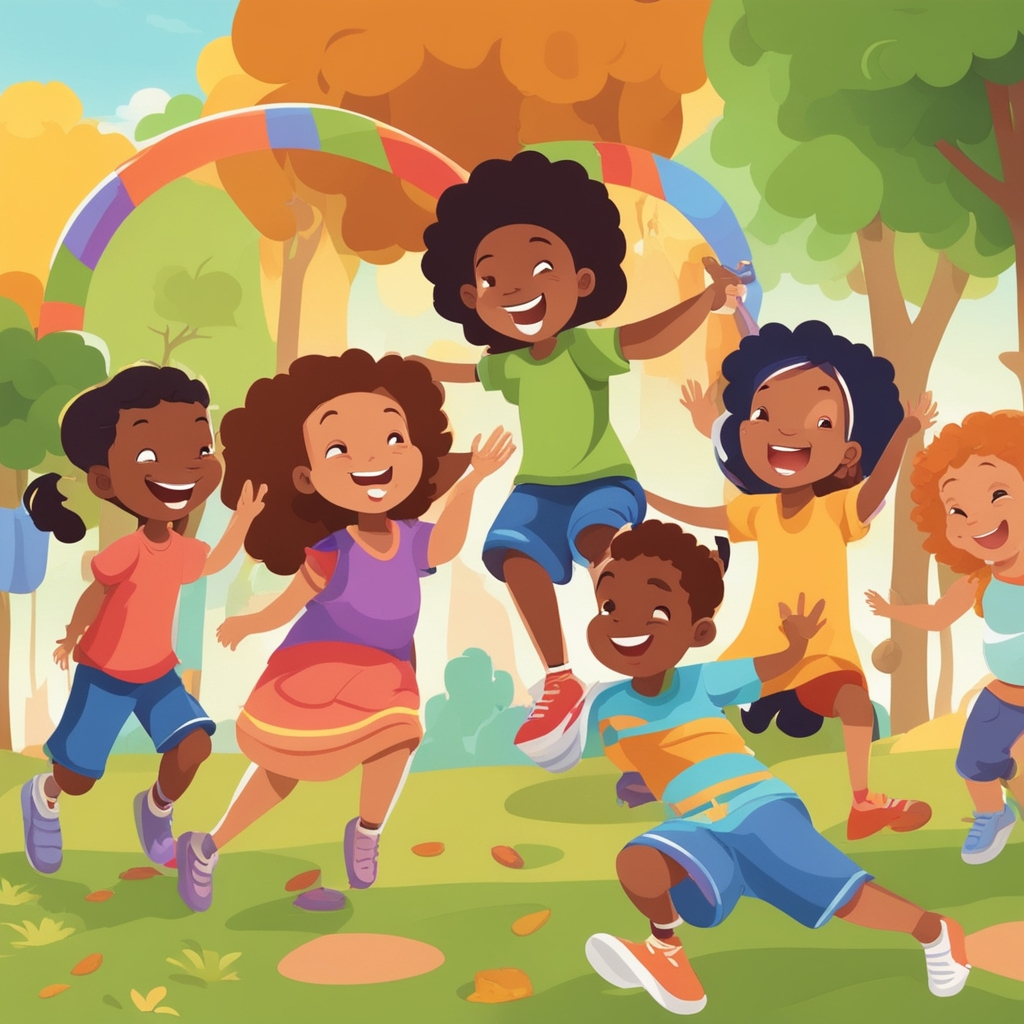Introduction to Diversity
Diversity in today’s global society is not merely a buzzword; it is a vital component of a harmonious world. Teaching children about diversity involves embracing different cultures, identities, and perspectives. It is about fostering an inclusive worldview and preparing them for the realities of our multicultural society. When children learn to appreciate diversity, they grow up to become empathetic, understanding individuals who contribute positively to society.
The Importance of Early Education
Children are naturally curious and observant. From a young age, they notice differences and similarities among people. This presents an excellent opportunity for parents to introduce the concept of diversity. By educating children early, we create a solid foundation for their understanding of the world. Teaching your child about diversity involves recognizing differences in race, religion, culture, gender, abilities, and more, while promoting a message of inclusivity.
Building an Inclusive Home
Creating a Diverse Environment
To teach children about diversity, start by creating a diverse and inclusive home environment. You can achieve this through books, toys, and media representing various cultures and identities. Choose stories and characters from different backgrounds, and expose children to different languages and traditions. This helps normalize diversity and encourages children to appreciate differences organically.
Modeling Inclusive Behavior
Children learn a lot by observing their parents. Be mindful of the language you use and the attitudes you exhibit towards people from different backgrounds. Demonstrate kindness, respect, and openness when interacting with others. Your child will emulate your behavior, so ensure that inclusion and respect are integral parts of your daily life.
Communication and Conversation
Encouraging Open Dialogues
Make it a practice to engage in open dialogues with your child about diversity. Encourage questions and provide honest, age-appropriate answers. Discuss events or situations they might encounter at school or in media, and ask them how they feel about it. Such conversations will help your child build critical thinking skills and empathy.
Addressing Stereotypes and Prejudice
Inevitably, children will be exposed to stereotypes and prejudices. These can be rooted in the media they consume, conversations they overhear, or experiences they have. Address these issues head-on by debunking myths and clarifying misunderstandings. Teach your child to challenge stereotypes and understand the harm they cause, reinforcing the importance of fairness and justice.
Participation in Cultural Activities
Engaging in Cultural Events
Participate in cultural festivals and events with your child. Experiencing different cultures first-hand can be incredibly enriching. Whether it’s trying a new cuisine, listening to music from different parts of the world, or attending a cultural fair, these activities provide tangible experiences that foster understanding and appreciation of diversity.

Volunteering and Community Service
Encourage your child to partake in volunteering opportunities where they can interact with people from various backgrounds. This could be through community clean-ups, food banks, or cultural exchange programs. Such interactions contribute significantly to building compassion and eliminating preconceived notions.
Leveraging Education and Storytelling
Incorporating Diversity in Education
Work alongside educators to ensure that diversity is an integral part of your child’s academic journey. Schools are a reflection of wider society and must reinforce inclusive values. Advocate for curriculums that include diverse histories and contributions from all walks of life.
The Power of Storytelling
Storytelling can have a profound impact on children. Share stories that portray diverse characters, environments, and historical contexts. Stories have the power to convey emotions and experiences, helping children relate to others’ lives and struggles, fostering empathy, and broadening their horizons.
Conclusion
Teaching your child about diversity is an ongoing journey that requires conscious efforts and intentional actions. It is about creating a learning environment that respects and cherishes differences. By embedding diversity in everyday life and education, children are better prepared to become inclusive, global citizens. Encouraging curiosity, compassionate understanding, and an open heart are key components to raising children who will thrive in our diverse world.